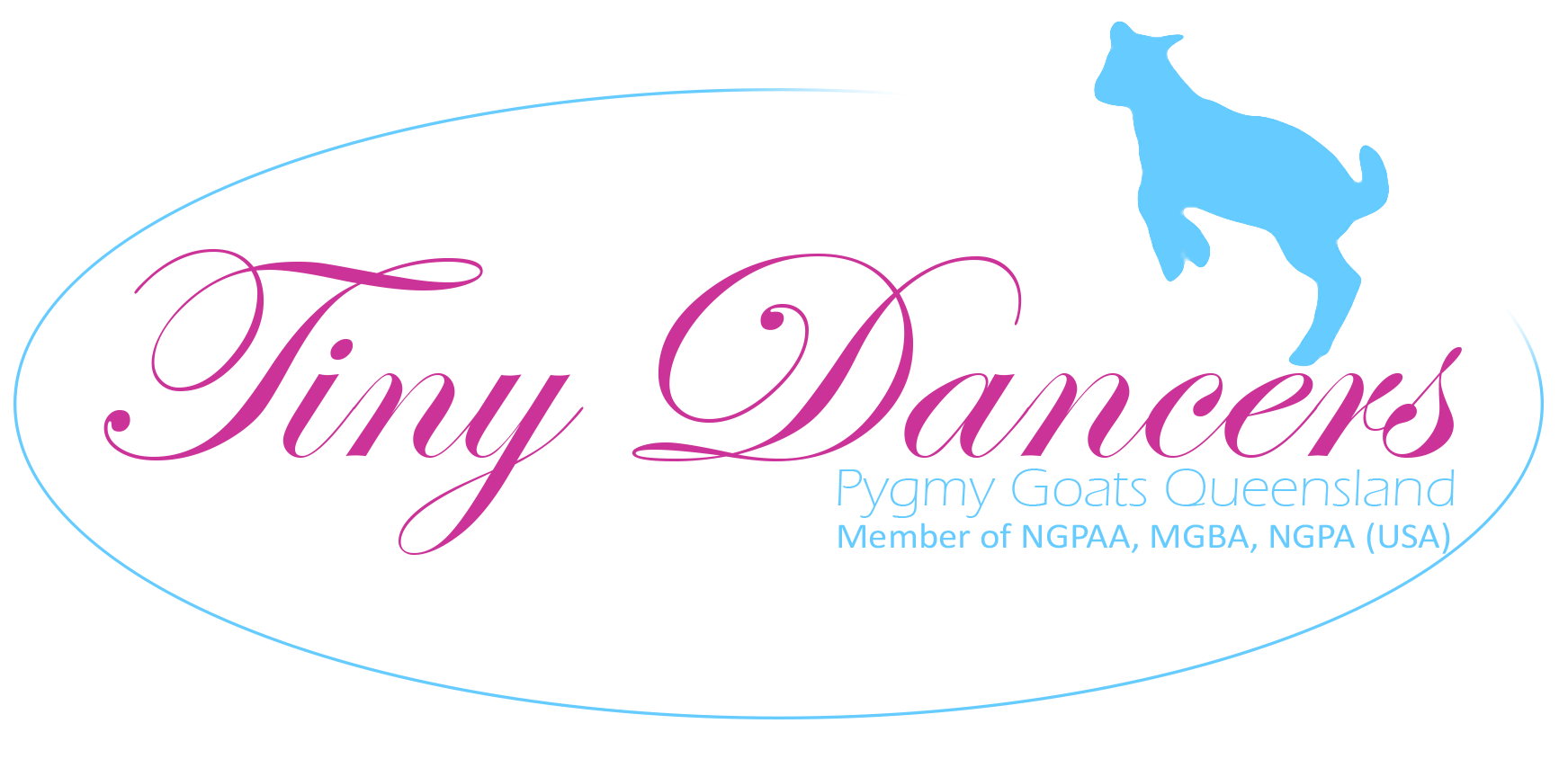Pygmy Goats are generally small, and compact. The animal’s frame is clearly defined and well angulated. Limbs and head are short relative to body length. A good quality high percentage Pygmy Goat is full-barrelled in other words broad in the chest and well-muscled, the body circumference in relation to height and weight is proportionately greater than that of mini or other diary breeds such as bore. The Pygmy Goat if hardy, agile, alert and animated with a good nature and very gregarious. Pygmy Goats just love to be cuddled (if hand raised). If buying as a pet, make sure you check if hand raised or Dame raised especially if purchasing with children in mind.
Pygmy Goat breed characteristics: They have a full coat of straight, medium-long hair which varies in density with seasons and climates. Because we are in Queensland, my Pygmy Goats do not generally gain a very thick coat during the winter months, but in colder climates such as Victoria and Tasmania the coats of the animals may be quite thick and soft. Adult bucks should have abundant hair growth, the beard full, long and flowing with a copious mane draping, cape-like across the animals’ shoulders

Colours
Pygmy Goats vary in colour:
Solid black with solid black stockings with optional white patches or belly bands.
Black: Body hairs all black with solid black stockings muzzle, crown, eyes and ears accentuated in white. May have white patches or bely-bands anywhere on barrel between point of elbow and stifle joint.
Agouti: Black Agouti and Grey Agouti have black and white hairs intermingled producing an appearance ranging from highly grizzled to nearly solid. Brown Agouti has brown hairs intermingled with white, solid brown stockings. Muzzle, crown, eyes and ears accentuated in white and intermingled with body colour.
Caramel: Colour caramel with black markings Face accentuated in black. White patches or belly bands anywhere on barrel between point of elbow and stifle joint.
Variations in colour are becoming more common with more breeders introducing colour combinations seen in other breeds.
